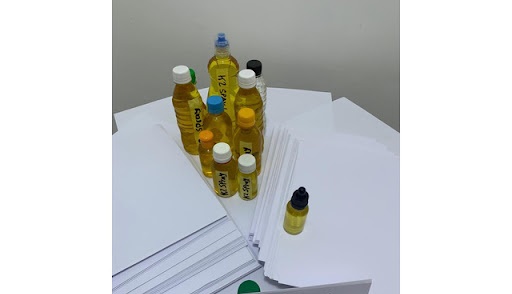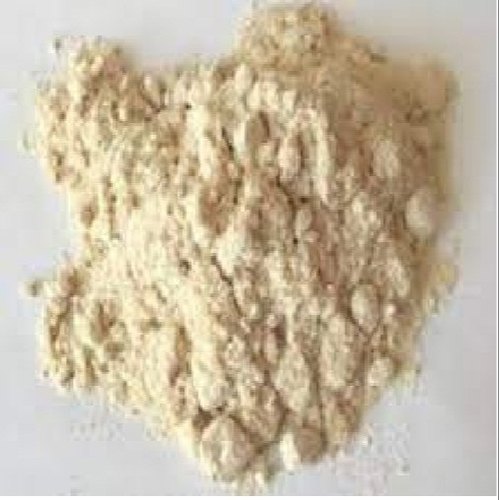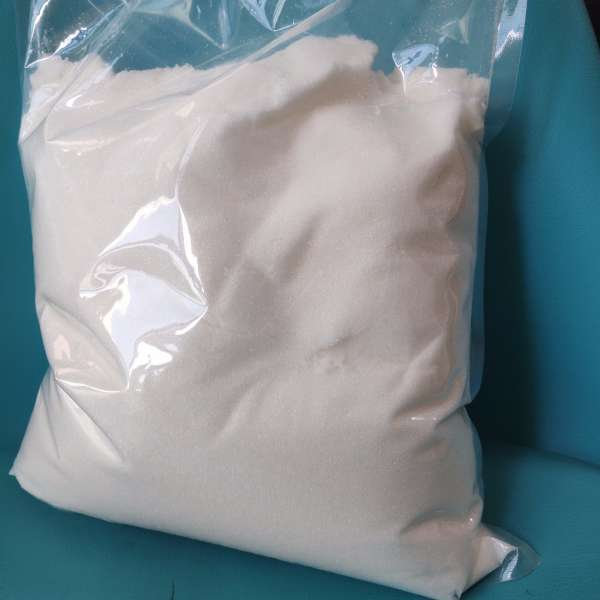Synthetic Cathinones
Synthetic Cathinones. What are synthetic cathinones?
Synthetic cathinones, more commonly known as bath salts, are human-made stimulants chemically related to cathinone, a substance found in the khat plant. Khat is a shrub grown in East Africa and southern Arabia, where some people chew its leaves for their mild stimulant effects. Human-made versions of cathinone can be much stronger than the natural product and, in some cases, very dangerous.
Synthetic cathinones usually take the form of a white or brown crystal-like powder and are sold in small plastic or foil packages labelled “not for human consumption.” They can be labelled as bath salts, plant food, jewellery cleaner, or phone screen cleaner.
Synthetic cathinones are part of a group of drugs that concern public health officials called new psychoactive substances (NPS). NPS are unregulated psychoactive mind-altering substances with no legitimate medical use and are made to copy the effects of controlled substances.
They are introduced and reintroduced into the market in quick succession to dodge or hinder law enforcement efforts to address their manufacture and sale.
Bromazolam Powder for sale
Synthetic cathinones are marketed as cheap substitutes for other stimulants such as amphetamines and cocaine. Products sold as Molly often contain synthetic cathinones instead of MDMA (see Synthetic Cathinones and Molly (Ecstasy).
Synthetic cathinones (Bath salts, eutylone, Flakka M-Cat, Monkey Dust) are a large group of manufactured chemicals which mimic the effects of other substances.
They usually come as a pill, capsule, powder or crystal. They are often mis-sold as MDMA or cocaine, but they require a lower dose which greatly increases the risk of overdose.
The effects vary a lot, and while they often have similar effects to MDMA or methamphetamine, paranoia and anxiety are more common. Synthetic cathinones found in New Zealand include N-ethylpentalone, mephedrone, methylenedioxypyrovalerone (MDPV), methylone, mexedrone, and Alpha PVP.
Pharmacology
Khat leaves are removed from the plant stalk and are kept in a ball in the cheek and chewed. Chewing releases juices from the leaves, which include the alkaloid cathinone. The absorption of cathinone has two phases: one in the buccal mucosa and one in the stomach and small intestine.
The stomach and small intestine are very important in the absorption of ingested alkaloids. At approximately 2.3 hours after chewing khat leaves, the maximum concentration of cathinone in blood plasma is reached.
The mean residence time is 5.2 ± 3.4 hours.[3] The elimination half-life of cathinone is 1.5 ± 0.8 hours. A two-compartment model for the absorption and elimination best describes this data.
However, at most, only 7% of the ingested cathinone is recovered in the urine. This indicates that the cathinone is being broken down in the body. Cathinone has been shown to selectively metabolize into R,S-(-)-norephedrine and cathine.
The reduction of the ketone group in cathinone will produce cathine. This reduction is catalyzed by enzymes in the liver. The spontaneous breakdown of cathinone is the reason it must be chewed fresh after cultivation
Synthetic Cathinones.
What are synthetic cathinones?
Synthetic cathinones is the name of a category of drugs related to the naturally occurring khat plant.1 They are stimulants, meaning that they speed up the messages between the brain and the body and have similar effects to amphetamines.
Synthetic cathinones are also part of a group of drugs known as New Psychoactive Substances (NPS). NPSs are a range of drugs that first appeared on the recreational drug market in the mid-2000s, that have been designed to mimic established illicit drugs, such as cannabis, cocaine, ecstasy and LSD. Between 2005 and 2014 more than 81 synthetic cathinone derivatives were reported to the EU Early Warning System.
Synthetic cathinones are mostly white or brown powders but also exist in the form of small, chunky crystals. They are sometimes found as capsules and less commonly as tablets.3
Types of cathinones commonly used
Mephedrone (4-MMC), M-CAT)
Methylone
Methcathinone
Buphedrone
Bupropion
Pyrovalerone
Alpha-Pyrrolidinovalerophenone (alpha-PVP)
MDPV.3,4,5
Synthetic Cathinones.
How do synthetic cathinones affect the brain?
Much is still unknown about how synthetic cathinones affect the human brain. Researchers do know that synthetic cathinones are chemically similar to drugs like amphetamines, cocaine, and MDMA.
A study found that 3,4-methylenedioxypyrovalerone (MDPV), a common synthetic cathinone, affects the brain in a manner similar to cocaine, but is at least 10 times more powerful. MDPV is the most common synthetic cathinone found in the blood and urine of patients admitted to emergency departments after taking bath salts.2
Synthetic cathinones can produce effects that include:
paranoia—extreme and unreasonable distrust of others
hallucinations—experiencing sensations and images that seem real but are not
increased friendliness
increased sex drive
panic attacks
excited delirium—extreme agitation and violent behaviour.
Synthetic production
Cathinone can be synthetically produced from propiophenone through a Friedel-Crafts Acylation of propionic acid and benzene. The resulting propiophenone can be brominated, and the bromine can be substituted with ammonia to produce a racemic mixture of cathinone.
A different synthetic strategy must be employed to produce enantiomerically pure (S)-cathinone. This synthetic route starts out with the N-acetylation of the optically active amino acid, S-alanine.
Then, phosphorus pentachloride (PCl5) is used to chlorinate the carboxylic acid forming an acyl chloride. At the same time, a Friedel-Crafts acylation is performed on benzene with aluminum chloride catalyst. Finally, the acetyl protecting group is removed by heating with hydrochloric acid to form enantiomerically pure S-(-)-cathinone.
Using synthetic cathinones with other drugs
The effects of combining cathinones with other drugs – including over-the-counter or prescribed medications – can be unpredictable and dangerous. The following combinations could have the following effects:
Synthetic cathinones + ice, speed or ecstasy: increase the risk of cardiovascular (heart) problems and substance-induced psychosis.7
Synthetic cathinones + alcohol + cannabis: nausea and vomiting.
Health and Safety
If possible, find out the specific cathinone you are using so you know what to expect and what a common dose is. Synthetic cathinone harm reduction advice is partly based on what is known of related drugs like amphetamines and MDMA, as not enough research has been done on individual synthetic cathinones specifically.
The use of synthetic cathinone is likely to be more dangerous when
taken in combination with alcohol or other drugs, particularly stimulants such as crystal methamphetamine (‘ice’) or ecstasy
driving or operating heavy machinery
judgment or motor coordination is required
alone (in case medical assistance is required)
the person has a mental health problem
the person has an existing heart problem.
In Australia, poisons information centres and clinical toxicology units around Australia are often contacted for advice on poisonings from synthetic cathinones. Features of these poisonings include agitation, tachycardia (increased heart rate), hypertension and in severe cases delirium, aggressive behaviour, hallucinations, hyperthermia, cardiac dysrhythmia (irregular heart beat) and seizures. Deaths have occurred due to alpha-PVP toxicity.4
Injecting synthetic cathinones can cause soft tissue and vascular damage.4
Sharing needles may also transmit:
Tetanus
Hepatitis B
Hepatitis C
HIV/AIDS.
Dependence and tolerance
There is limited data regarding people seeking treatment for synthetic cathinone dependence, however, people who use synthetic cathinones have reported a strong compulsion to redose, as well dependence.
Synthetic Cathinones
Effects of synthetic cathinones
There is no safe level of drug use. The use of any drug always carries some risk. It’s important to be careful when taking any type of drug.
Synthetic cathinones affect everyone differently, based on:
the amount taken
a person’s size, weight and health
whether the person is used to taking it
whether other drugs are taken around the same time
the strength of the drug (which can vary from batch to batch).
The individual effects and toxicity of each cathinone are distinct and can vary greatly between each person using them.
Generally speaking, in small doses the following effects may be experienced and may last for approximately 2-4 hours:
the rush of intense pleasure
feeling happy, energetic and wanting to talk more
intense connection with music
restless sleep
muscle tension (face and jaw)
blurred vision
light-headedness, dizziness
distorted sense of time
enlarged (dilated) pupils, blurred vision
dry mouth, thirst
sweating
memory loss
reduced appetite.5
Higher doses may result in the following adverse effects:
anxiety
paranoia
nose bleeds from snorting the drug
stomach pains, nausea, vomiting
skin rashes
fast or irregular heartbeat
high blood pressure and hot flushes
strong urge to re-dose
chest pain
tremors, convulsions, death.
Buy bufo toad venom



